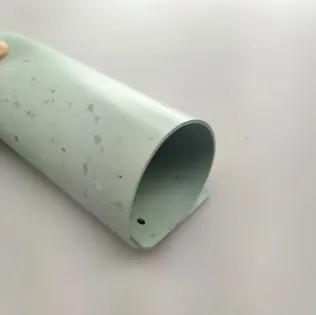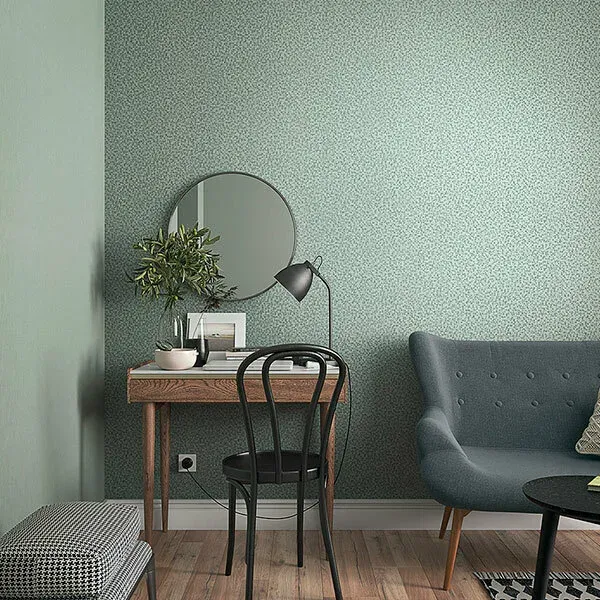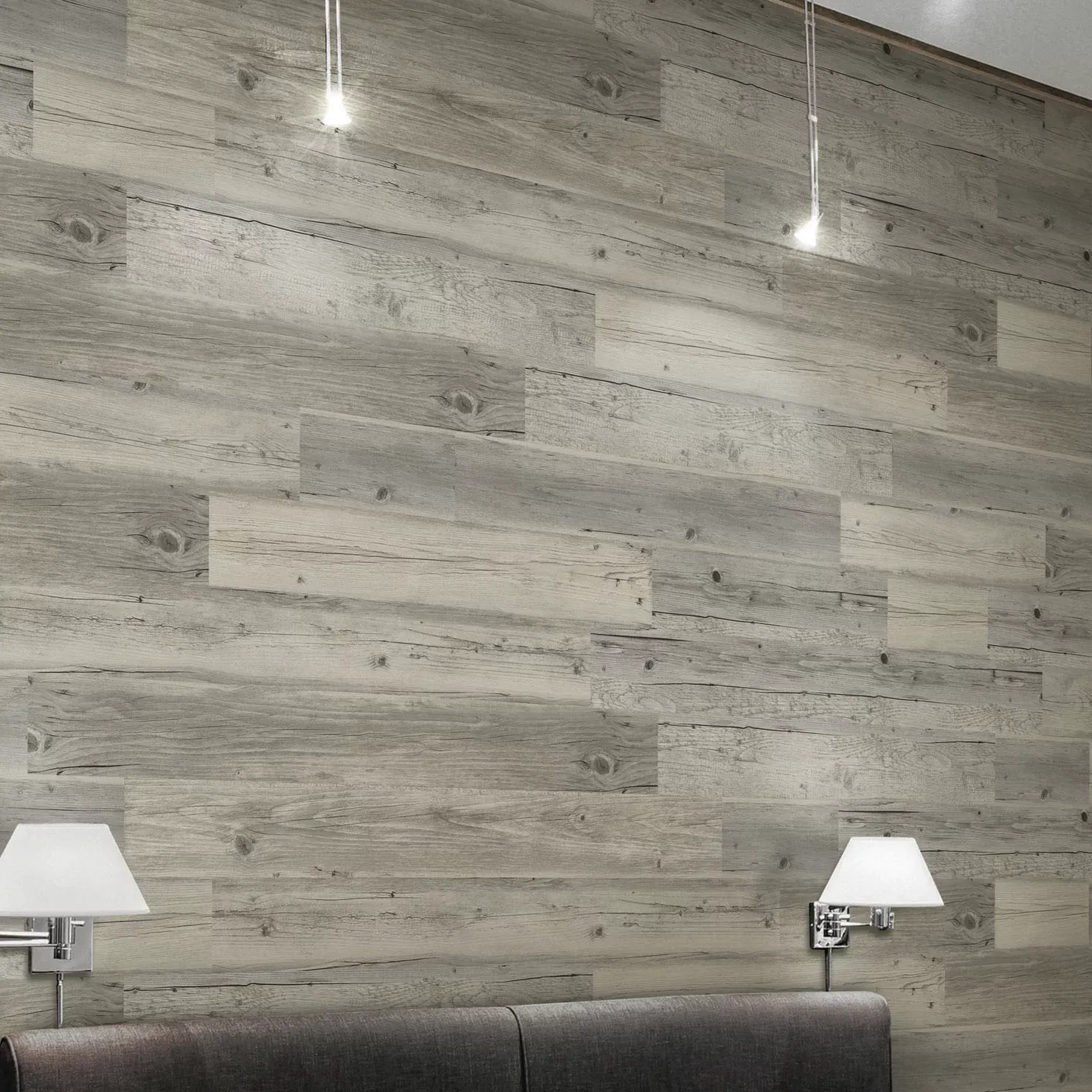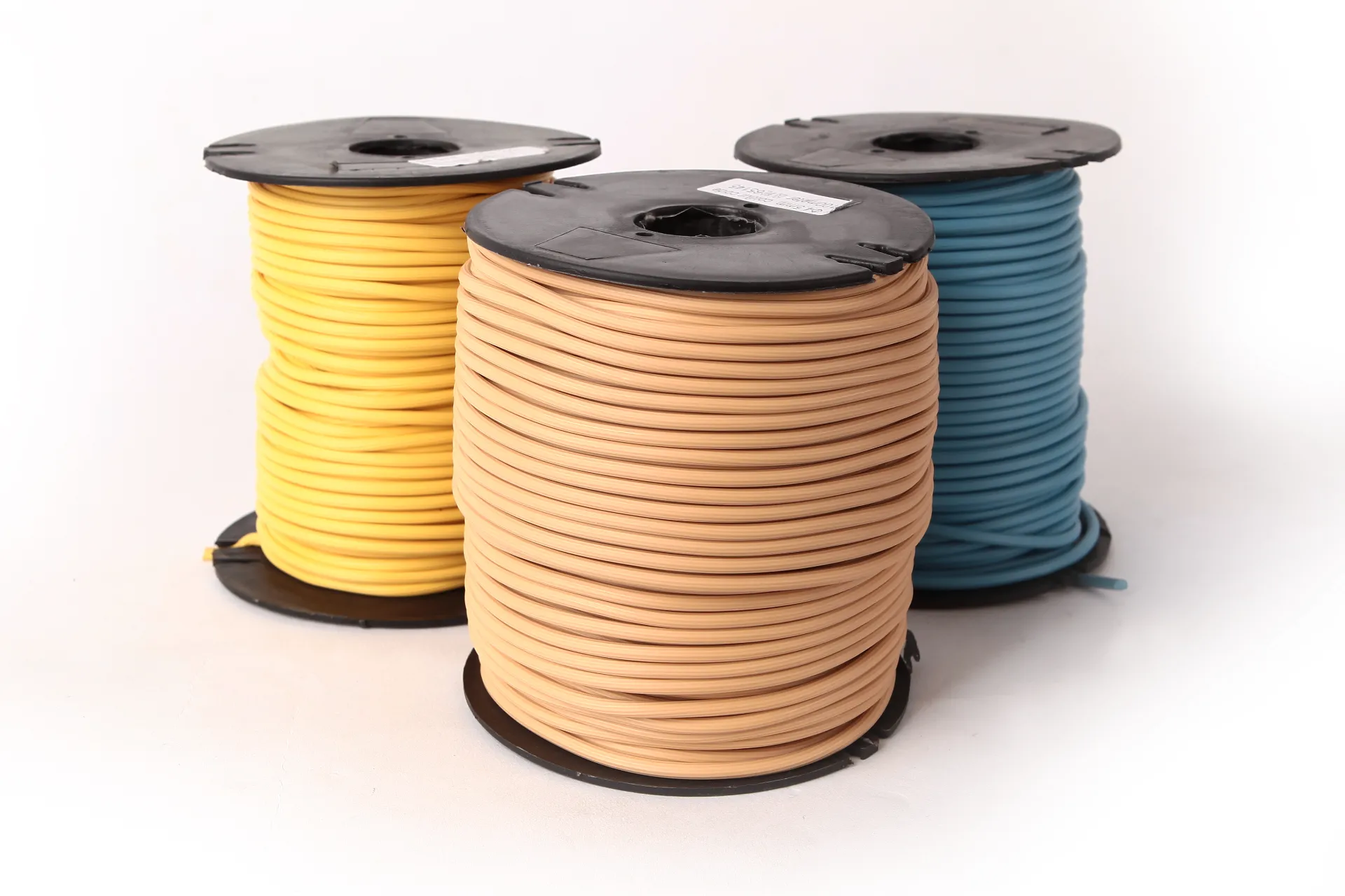
- Afrikaans
- Albanian
- Amharic
- Arabic
- Armenian
- Azerbaijani
- Basque
- Belarusian
- Bengali
- Bosnian
- Bulgarian
- Catalan
- Cebuano
- Corsican
- Croatian
- Czech
- Danish
- Dutch
- English
- Esperanto
- Estonian
- Finnish
- French
- Frisian
- Galician
- Georgian
- German
- Greek
- Gujarati
- Haitian Creole
- hausa
- hawaiian
- Hebrew
- Hindi
- Miao
- Hungarian
- Icelandic
- igbo
- Indonesian
- irish
- Italian
- Japanese
- Javanese
- Kannada
- kazakh
- Khmer
- Rwandese
- Korean
- Kurdish
- Kyrgyz
- Lao
- Latin
- Latvian
- Lithuanian
- Luxembourgish
- Macedonian
- Malgashi
- Malay
- Malayalam
- Maltese
- Maori
- Marathi
- Mongolian
- Myanmar
- Nepali
- Norwegian
- Norwegian
- Occitan
- Pashto
- Persian
- Polish
- Portuguese
- Punjabi
- Romanian
- Russian
- Samoan
- Scottish Gaelic
- Serbian
- Sesotho
- Shona
- Sindhi
- Sinhala
- Slovak
- Slovenian
- Somali
- Spanish
- Sundanese
- Swahili
- Swedish
- Tagalog
- Tajik
- Tamil
- Tatar
- Telugu
- Thai
- Turkish
- Turkmen
- Ukrainian
- Urdu
- Uighur
- Uzbek
- Vietnamese
- Welsh
- Bantu
- Yiddish
- Yoruba
- Zulu
ʻO nā ʻano hou loa o ka papahele ʻoihana: ʻo ka hoʻomau a me ka lōʻihi
In today’s fast-evolving commercial space, businesses are increasingly focusing on flooring solutions that not only enhance the aesthetic appeal of their environments but also offer practical benefits like sustainability, durability, and low maintenance. As organizations prioritize environmentally responsible practices and long-term cost-effectiveness, the demand for flooring materials that meet these criteria has surged. Here’s a closer look at the latest trends in papahele pāʻoihana, e hōʻike ana i ka hoʻomau a me ka lōʻihi e like me nā manaʻo nui no nā ʻoihana.

Nā Mea Paʻa Paʻa Paʻa Paʻa: He koi e ulu nei E pili ana Papa Kalepa
I ka lilo ʻana o ka hoʻomau i mea nui ma waena o nā ʻoihana like ʻole, ka papahele o ke keena kalepa ke ʻike nei nā koho i ka neʻe nui ʻana i nā hoʻonā eco-friendly. Ke koho nei nā ʻoihana i nā mea i loaʻa i ke kuleana, e hōʻemi i nā kapuaʻi kalapona, a hāʻawi i ka recyclable i ka hopena o ko lākou ola.
One of the top choices in sustainable flooring is recycled content flooring. This includes options like recycled rubber flooring, which is made from discarded tires, and recycled vinyl flooring. These materials help reduce waste while providing a durable surface suitable for high-traffic areas. In addition to recycling old materials, many manufacturers are now using biodegradable and renewable resources such as bamboo, cork, and linoleum. These natural materials not only provide a sustainable flooring solution but also bring a unique aesthetic to commercial spaces, making them ideal for office buildings, retail stores, and hospitality environments.
The trend toward sustainability also extends to the use of low-VOC (volatile organic compound) products. Low-VOC flooring options, such as water-based finishes and non-toxic adhesives, have gained popularity due to their ability to improve indoor air quality and contribute to healthier work environments. For businesses that prioritize eco-friendly practices, these sustainable choices align well with their broader environmental goals.
Paʻa: He Manaʻo Koʻikoʻi no nā Wahi Kaʻa Kiʻekiʻe E pili ana Papa Kalepa
I kēlā me kēia kūlana pāʻoihana, pāʻoihana vct papahele needs to stand up to heavy use, particularly in high-traffic areas such as offices, retail stores, hospitals, and schools. The latest trends in commercial flooring emphasize the importance of durability to withstand wear and tear while maintaining a professional appearance over time.
Luxury vinyl tiles (LVT) and vinyl composition tiles (VCT) have become go-to solutions for businesses in need of both durability and style. These products are engineered to resist scratches, stains, and scuffs, making them perfect for environments where floors are subjected to constant foot traffic. LVT, in particular, offers the added benefit of resembling hardwood or stone, offering the aesthetic appeal of premium materials without the high price tag or upkeep.
ʻO kahi koho paʻa ʻē aʻe ʻo ia ka papahele ʻōpala, hoʻohana nui ʻia i nā gyms, nā hale mālama olakino, a me nā ʻoihana hoʻonaʻauao. Hāʻawi nā papahele Rubber i ke kūpaʻa maikaʻi loa i ka hopena, abrasion, a me ka wai. He mea kūpono ia no nā kaiapuni kahi e hoʻohana ʻia ai nā mea kaumaha a i ʻole nā mīkini, a me nā wahi e pono ai ke pale paheʻe no ka palekana. Eia kekahi, maʻalahi ka mālama ʻana i ka papahele ʻōpala, pono wale ka hoʻomaʻemaʻe maʻamau i mea e nānā hou ai.
ʻO ka papahele tile, ʻoi aku ka porcelain a me ka ceramic, ke hoʻomau nei i mea nui no nā ʻoihana e ʻimi nei i ka lōʻihi. ʻIke ʻia no kona ʻano paʻakikī, kūpaʻa ka tile i ka pōʻino o ka wai, ka ʻili, a me nā ʻōpala, no laila kūpono ia no nā wahi e like me nā hale ʻaina, nā hale kūʻai kūʻai, a me nā keʻena olakino.
Nā Hoʻoponopono Papahana Hybrid: Hoʻohui i ka hoʻomau a me ka lōʻihi E pili ana Papa Kalepa
In recent years, hybrid flooring solutions have emerged as a popular choice, combining the best of both worlds: sustainability and durability. These floors integrate multiple materials to enhance performance while keeping environmental impact in check.
ʻO kekahi o ia ʻano hoʻonā ʻo ia ka papahele i hoʻokumu ʻia i ka cork, kahi e hoʻohui ai i nā waiwai kūlohelohe o ka cork me nā mea hoʻomau ʻē aʻe e hana ai i kahi ʻili paʻa i kū i ka lole. Hiki ke hoʻololi maoli ʻia ʻo Cork, māmā, a hāʻawi i nā waiwai wela a me nā ʻano leo maikaʻi, e kūpono ana ia no nā keʻena a me nā wahi e pono ai ka hoʻohaʻahaʻa leo.
ʻO kekahi ʻano hybrid ʻo ka papahele ʻohe. ʻO ka ʻohe kekahi o nā mea kanu wikiwiki loa, e lilo ia i kumu waiwai hou no ka papahele. He ʻano lōʻihi nō hoʻi a he hiʻohiʻona ʻano hou i hana maikaʻi ʻia i nā hoʻolālā keʻena o kēia wā. ʻAʻole paʻa wale nā papahele ʻohe akā hāʻawi pū kekahi i ka lōʻihi kupaianaha, ʻoi aku ka nui o nā koho lāʻau paʻa kahiko.
Mālama Haʻahaʻa a me ke kumu kūʻai lōʻihi E pili ana Papa Kalepa
A key factor driving the trend toward sustainable and durable flooring is the growing emphasis on low-maintenance solutions. For businesses, reducing maintenance time and costs is crucial, particularly for high-traffic environments. Flooring that requires minimal upkeep, such as polished concrete or epoxy flooring, continues to gain popularity. These materials are easy to clean and maintain, and they can last for decades when properly cared for.
Concrete flooring, especially when polished or treated with a protective sealant, provides a sleek and durable surface that can withstand significant wear. It is also resistant to stains, spills, and scratches, which makes it a long-term investment for commercial spaces. Moreover, concrete’s energy efficiency—thanks to its ability to absorb and retain heat—can reduce heating and cooling costs, adding to its long-term cost-effectiveness.
Nā Papahana Papahana: Nā Palena Papahana akamai E pili ana Papa Kalepa
Beyond traditional sustainable and durable materials, smart flooring solutions are making waves in the commercial sector. These innovative products combine advanced technology with high-performance materials to deliver both functionality and environmental benefits.
For example, smart flooring systems equipped with sensors can track foot traffic, detect wear patterns, and even adjust the temperature of the floor to improve energy efficiency. This technology allows businesses to monitor the condition of their floors, optimize maintenance schedules, and reduce long-term costs. Smart flooring is especially beneficial in commercial buildings, where optimizing energy use and maintaining floor integrity is crucial.
-
Masking Tape: Clean Removal, Precision Lines, Pro-GradeNov.10,2025
-
Skirting: MDF, Oak & SPC | Durable, Easy-FitNov.10,2025
-
Commercial VCT Tile Flooring – Durable, Low-MaintenanceNov.10,2025
-
LVT Vinyl Floors – Waterproof, Scratch‑Resistant, Easy ClickNov.10,2025
-
Masking Tape - Pro-Grade, Clean Removal, Crisp LinesNov.10,2025
-
Premium Masking Tape - Sharp Lines, Clean RemovalNov.10,2025



